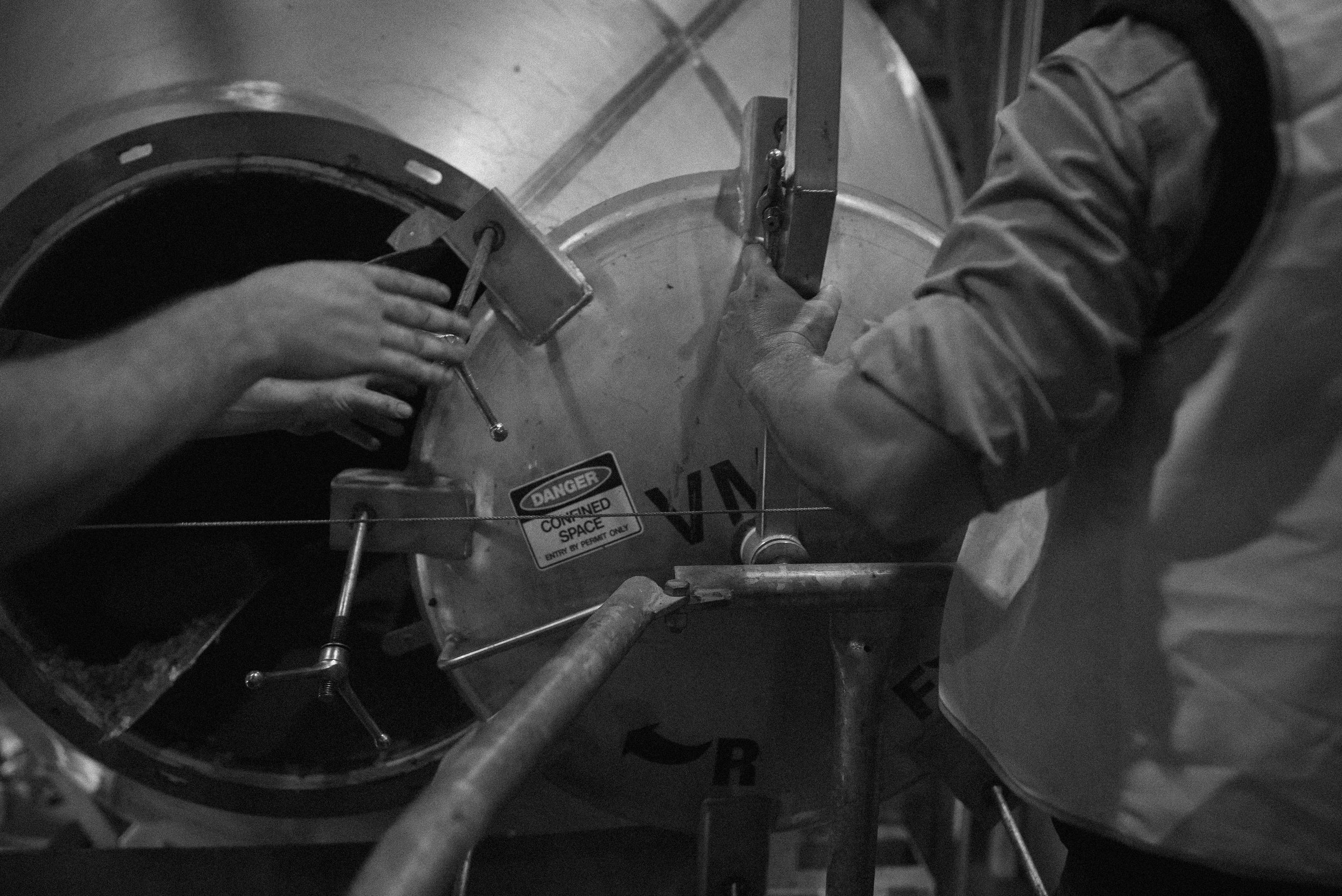
We have embraced the value of time and revived an older method of vinegar production
-
PINOT NOIR VINEGAR - 6% Acetic Acid
I am textured, complex and barrel aged. I am Pinot Noir. Sophisticated and refined with intentional ageing and layers of complexity that dances in your mouth. Put me on oysters, roast me with tomatoes or simply drink me.
-
SAUVIGNON BLANC VINEGAR - 7% Acetic Acid
I am fresh, I am punchy and I am irresistible. I am Sauvignon Blanc. My acetic levels are high, which means you can balance me how you like. Dilute me, sweeten me, mix me with oil. I’m the most adaptable kitchen staple you didn’t know you needed. Put me on your leaves, turn me into a shrub, hell take a bath with me if you please.
-
POMEGRANATE VINEGAR - 5% Acetic Acid
I was born from a project of pomegranate juice. I was what the haters deemed unusable, but my parents pumped me full of oxygen, I grew some legs and BANG here I am. I am earthy, exciting and a little bit weird, in the best way. Toss me over a salad, boil me down to a glaze, or shake me in your Friday night cocktail!
-
Hang tight while these vinegars come to life.
All that tech talk
Throughout our country we are fortunate to find exciting and authentic options for beer, cider and wine. Yet, for high quality Australian vinegars there are few options and we are left to make do with mass-produced products, subpar imports or caramel-added balsamics. We asked ourselves why should vinegar, something that is fundamental to the experience of food and beverages be ignored? This is an essential pantry item!
Modern vinegar production has come a long way. Maybe a little too far….. Even ‘premium’ labelled vinegars are often produced at an industrial scale that short-cuts the fermentation process to hours or days instead of the very important months and years.
We have chosen a different path. We have embraced the value of time and revived an older production method to create vinegars that are slowly fermented to retain their identity while adding layers of complexity.
Alcohol is the base ingredient for all high quality vinegars. The better the base alcohol, the better the vinegar. Because of this, we select the very best raw ingredients that produce wines, beers and ciders and are reflective of what they are and where they are grown while emphasising the highest quality.





